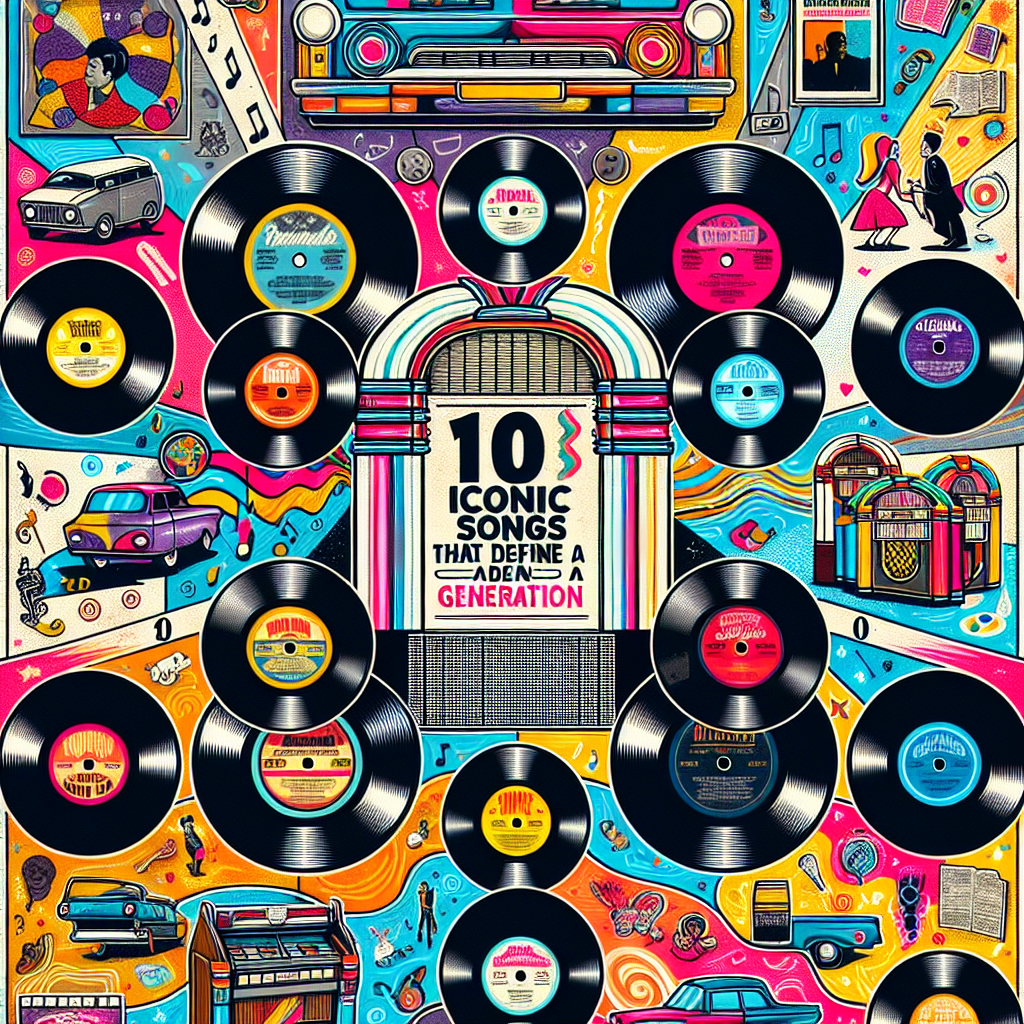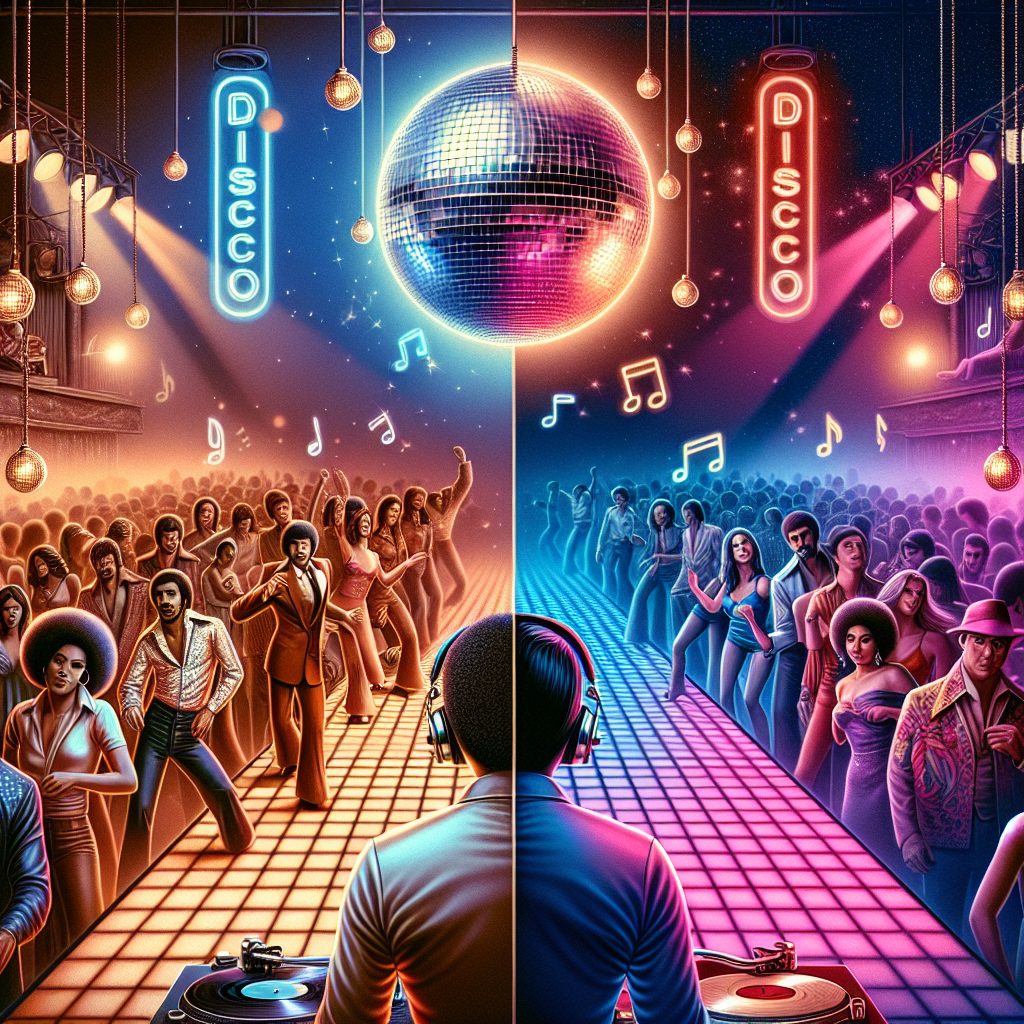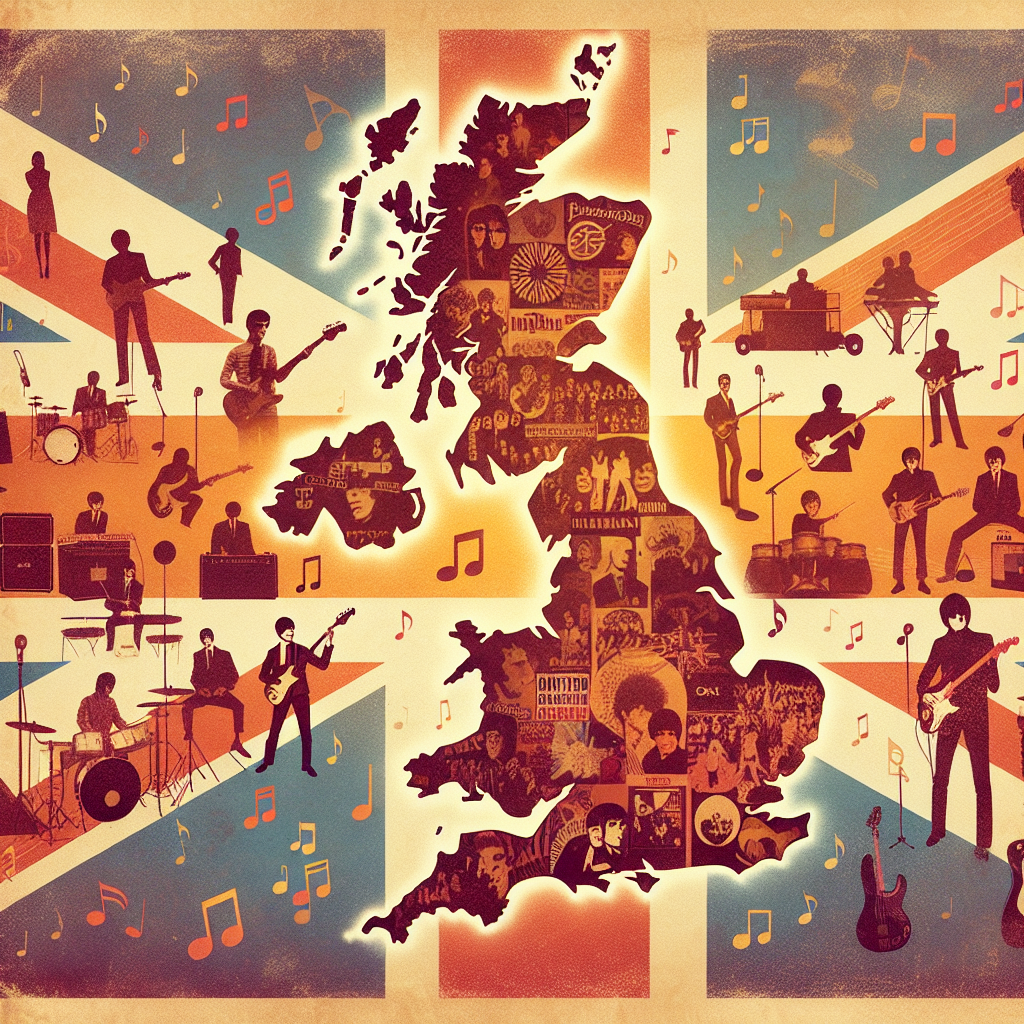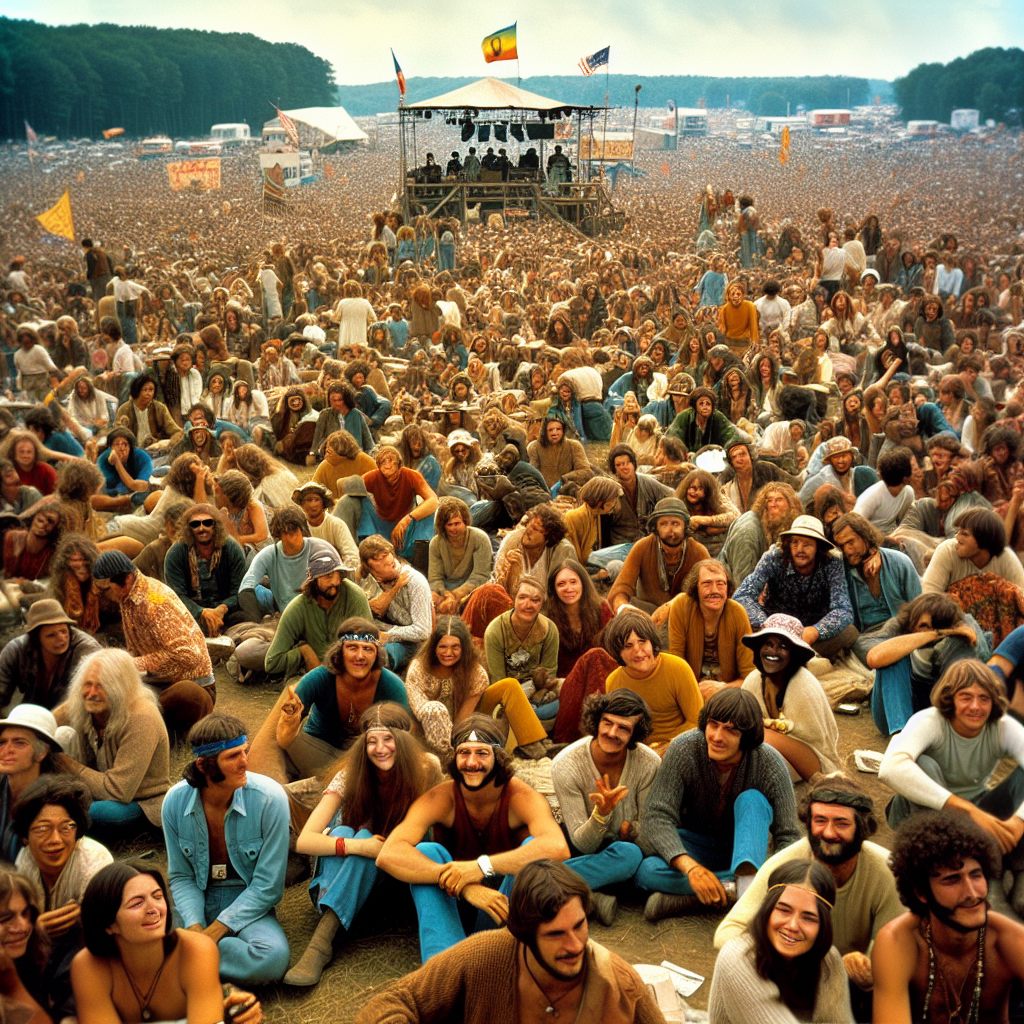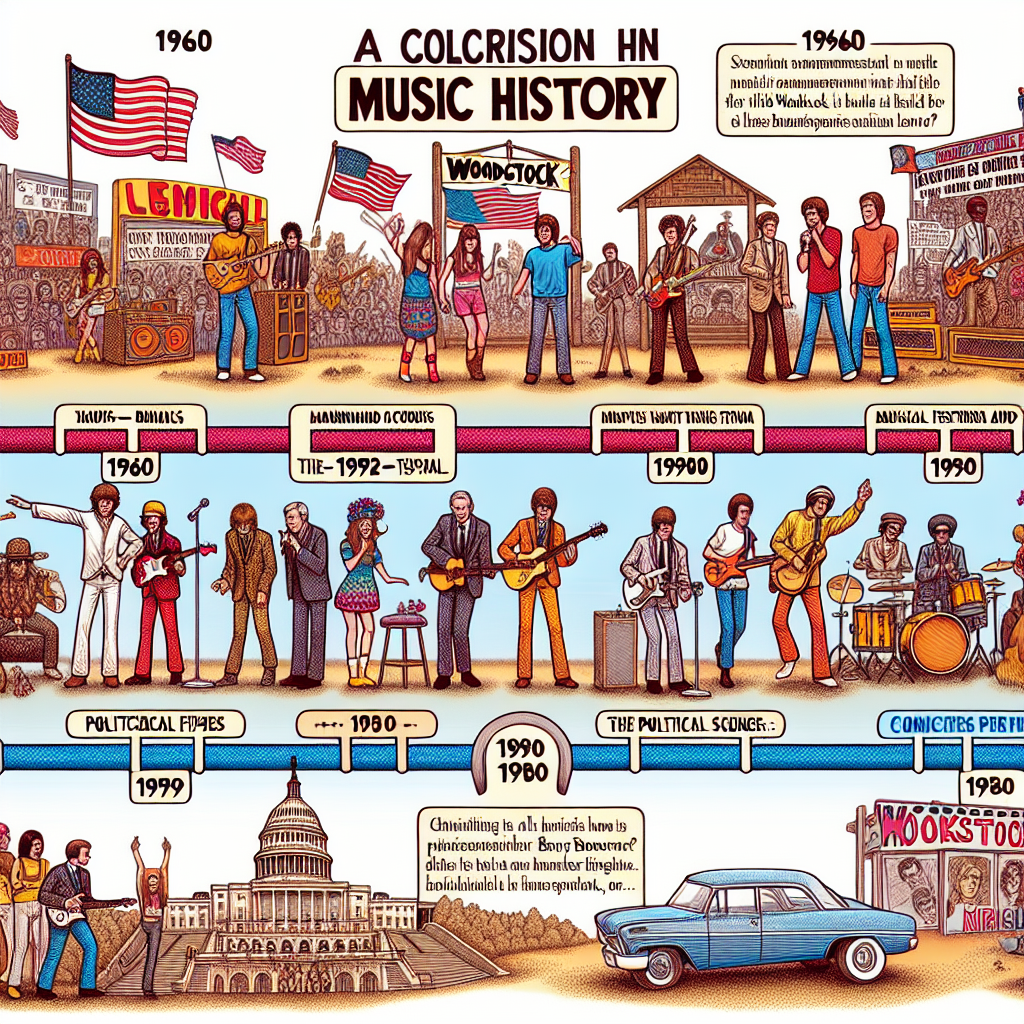I was scrolling on YouTube today and I saw this video showing that Neil Young and Steven Stills were playing at a concert in California – just last month! That struck a warm chord in me – especially when I remembered that David Crosby has passed away and so never again can we possibly have Crosby, Stills, Nash and Young all together again. Crosby is now no more. Life moves on and so do our times.
This is the story of what our baby boomer lives are like these days. The things we knew are slowly fading into warm but sadly past memories. Please take a listen below at this video of Neil Young and Steven Still together last month and take a voyage with me to magical past times in our lives. I was in High School in 1972.
Neil Young’s Harvest Moon album is often celebrated for its wonderful simplicity yet deeply emotional qualities – qualities that touch us baby boomers tremendously. Harvest was released in 1972 but then Neil Young reprised it and made Harvest Moon in 1992. This song speaks to the nature of love and especially love that has stood the test of time. The lyrics capture an intimate moment between two people who have weathered the ups and downs of a relationship, yet they still find beauty in each other’s presence. Young’s gentle, sincere vocals and the song’s acoustic arrangement, punctuated by soft brushes on the snare drum and the steady plucking of a bass, create a warm, nostalgic soundscape. This makes listeners feel as though they are witnessing a quiet, private dance under a full moon.
One reason Harvest Moon is so touching is its universal theme of rekindled love. The song celebrates the beauty of a quiet, familiar romance, one that has moved beyond infatuation to something deeper and more enduring. Lines like “Because I’m still in love with you, I want to see you dance again” convey a heartfelt desire to reconnect, a sentiment that feels especially poignant in a world often focused on the fleeting.
The gentle, soothing quality of the music, combined with Young’s tender lyrics, draws listeners into a reflective space. It allows them to think about their own relationships and the people who have mattered most to them. For many, Harvest Moon is a reminder of the beauty of growing older with someone and finding solace and joy in the love that remains

